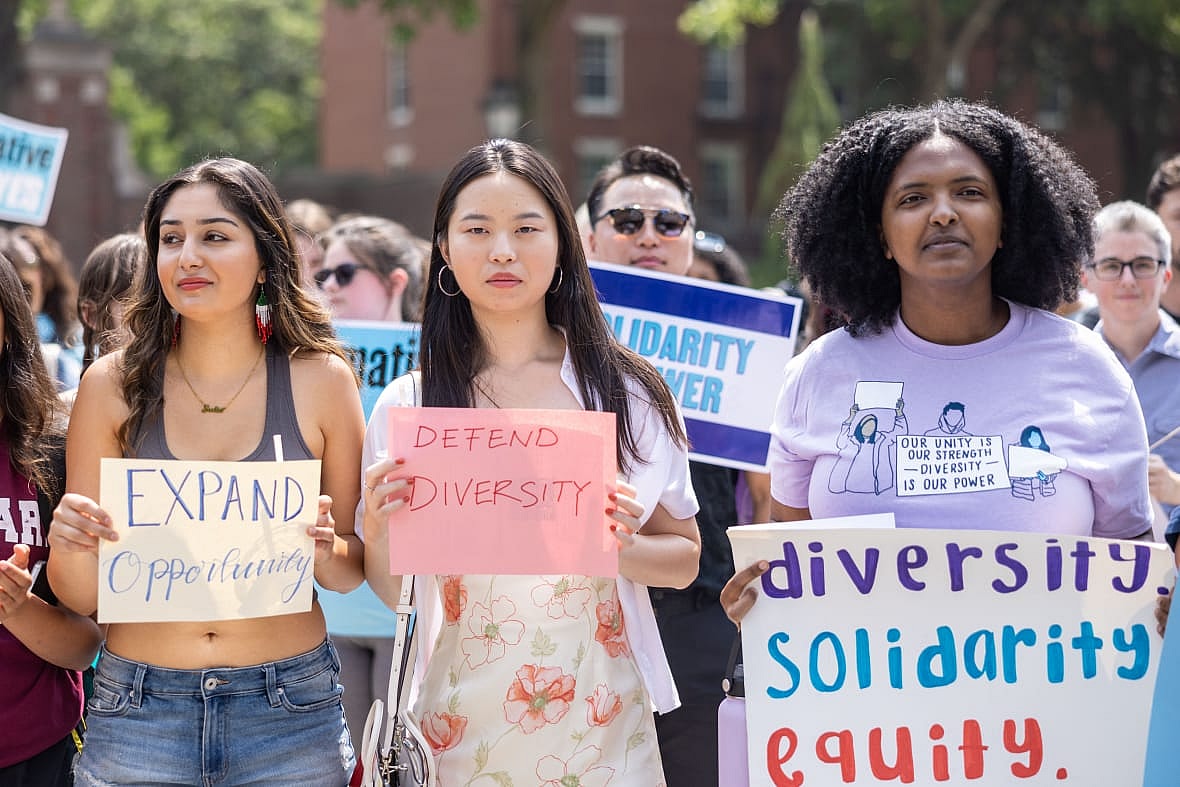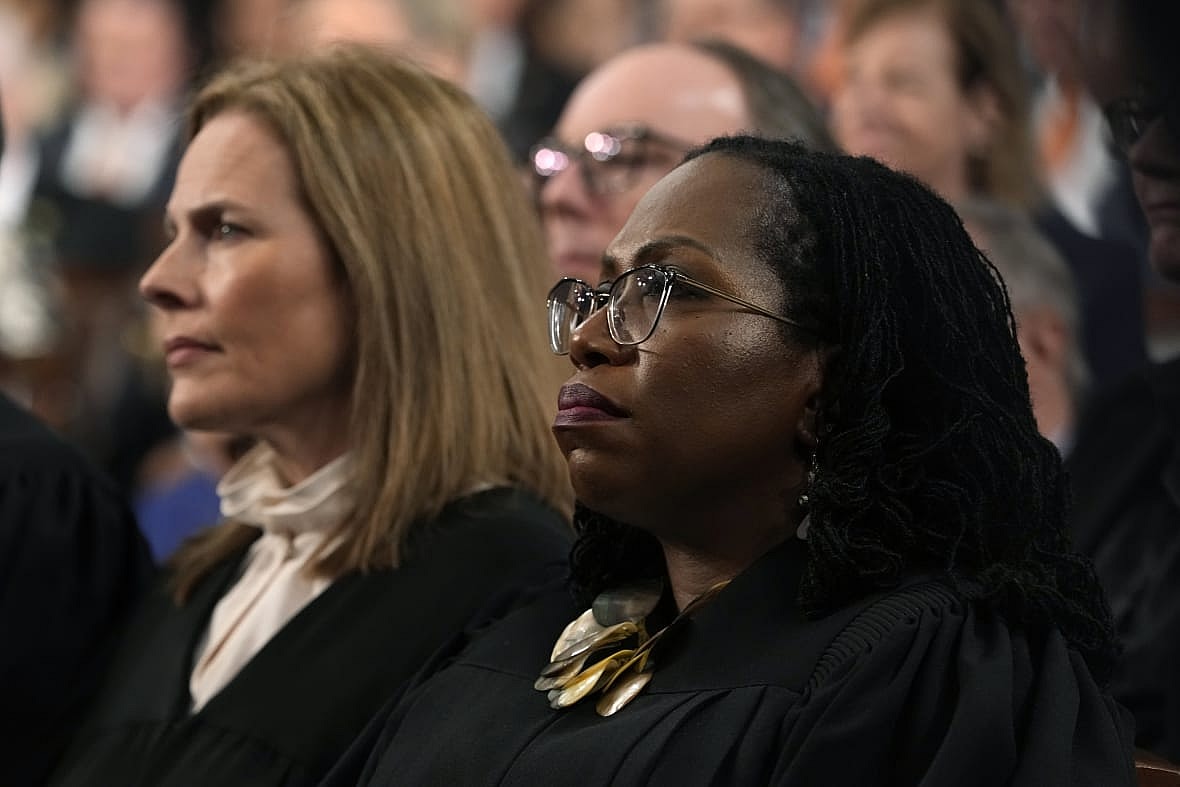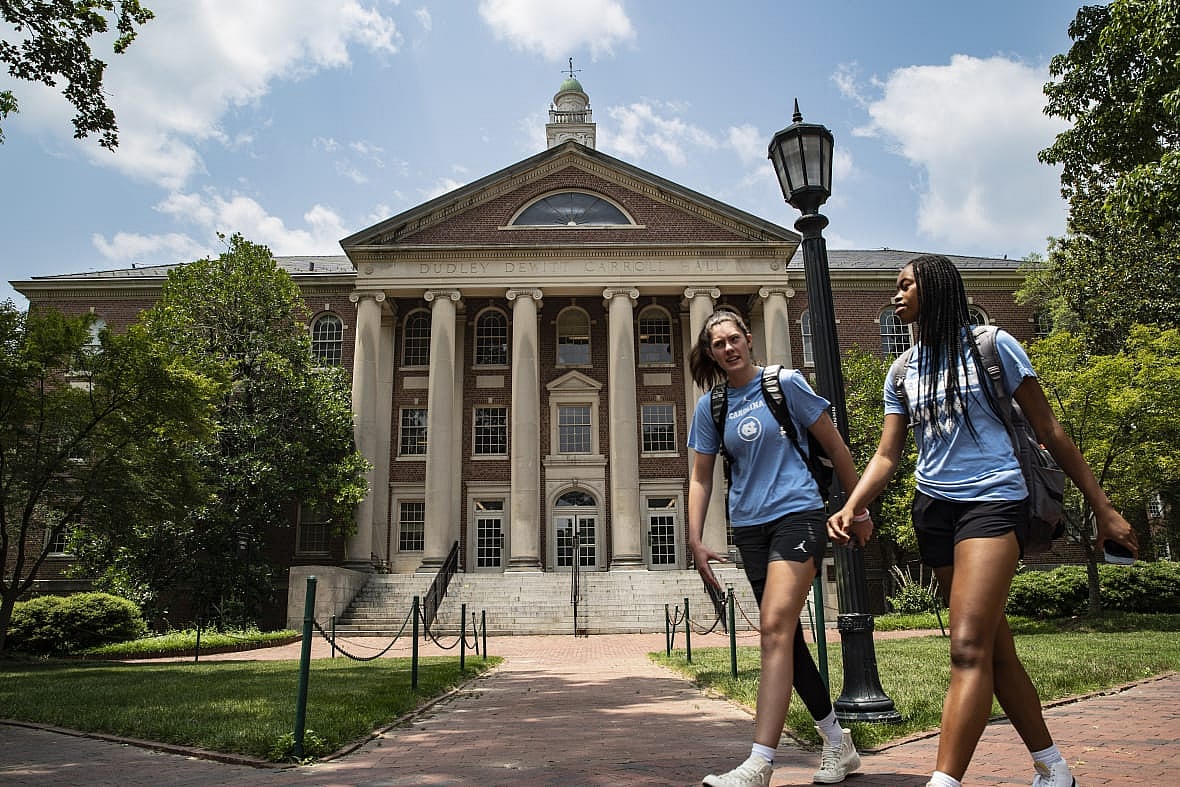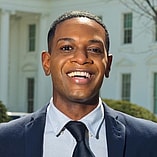The Supreme Court’s recent ruling on affirmative action will undoubtedly change the way race is considered in the college admissions process, potentially making it systematically challenging for Black students to enter colleges and universities across the country.
“There’s a good reason that people think affirmative action has been overruled,” Rakim Brooks, a legal expert and president of Alliance For Justice, said.
While many people understandably interpreted the high court’s ruling to completely overturn affirmative action, the ruling does not completely ban race as a consideration in college admissions, said Brooks, a graduate of Yale Law School who previously worked at the American Civil Liberties Union (ACLU).
Brooks told theGrio that it’s “more complicated” than some of the conclusions drawn by the public and media at first glance.

How did the justices vote on affirmative action?
In a 6-3 ruling, Chief Justice John Roberts joined conservative Justices Clarence Thomas, Samuel Alito, Neil Gorsuch, Brett Kavanaugh and Amy Coney Barrett to strike down decades-old affirmative action programs at Harvard University and the University of North Carolina. Liberal Justices Ketanji Brown Jackson, Sonia Sotomayor and Elena Kagan dissented.
Writing for the majority, Roberts concluded that the race-conscious programs used for the admissions process at Harvard and UNC violated the equal protection clause of the Fourteenth Amendment and Title VI of the Civil Rights Act of 1964.
The ruling has “in effect transformed the prior precedents that were used to uphold” affirmative action, Brooks said.
“But if you get to the end of his decision,” points out Brooks, “he still says that race can be considered.”
The chief justice said in the opinion that race could still be considered a factor in the application essay process, where an applicant can talk about race “be it through discrimination, inspiration or otherwise.”
“Nothing in this opinion should be construed as prohibiting universities from considering an applicant’s discussion of how race affected his or her life,” Roberts wrote.
Roberts also concluded in a footnote that the ruling did not apply to similar affirmative action programs in U.S. military academies, citing “the potentially distinct interests” they present.
Influence of Justice Ketanji Brown Jackson

Brooks credits Jackson for influencing Roberts to not go so far as completely banning race as a consideration in college admissions.
“That was in response to Justice Ketanji Brown Jackson‘s really excellent questioning of the litigants during oral argument,” he told theGrio.
During oral arguments for the Students for Fair Admissions v. the University of North Carolina case in November, Jackson questioned the plaintiffs’ lawyer about the premise that considering the race of an applicant discriminates against white and Asian students.
Jackson presented a hypothetical scenario in which two different applicants write college essays arguing they should be admitted because of their family history. In their essays, one writes about being a fifth-generation legacy student in the state of North Carolina. The other is a Black student whose family has been in the state since before the Civil War, but their ancestors could not attend the university because of enslavement and racial segregation.
“As I understand your no-race-conscious-admissions rule, these two applicants would have a dramatically different opportunity to tell their family stories and to have them count,” Jackson said.
Jackson argued that while both applicants were qualified, the first applicant’s qualifications could be recognized in the proposed admissions excluding race. However, the second applicant “wouldn’t be able to because his story is in many ways bound up with his race and the race of his ancestors.”
Brooks said Jackson’s compelling queries during oral arguments appeared to have influenced Roberts to relent from a complete overturning of affirmative action. However, he said, “I think we’re still going to be living with the effects of it.”
“Universities will continue to create diverse student bodies, just not with the tools that they used to,” he added.
What does the Supreme Court decision mean?

As colleges and universities begin to readjust their policies to adhere to the Supreme Court’s legal ruling, Brooks says institutions must be encouraged to “continue to treat diversity as an imperative.”
For students applying to colleges moving forward, he suggested that they continue to “fashion [their] essays in the way that [they] intended.”
He explained: “If you were going to talk about your race, and how it impacted whether you were discriminated against by classmates or whether it informed interests of yours, you should do that.”
Roberts’ opinion outlines that talking about race in that context is permissible. But, as Brooks describes it, students will have to “take the extra step of showing rather than telling” when it comes to their racial identity.
In response to the Supreme Court’s ruling, President Joe Biden proposed a “new standard” for universities to consider the “adversity” of a student, including “lack of financial means” as a way to work around the restriction of race-conscious admissions.
Brooks applauded Biden’s response as “pitch perfect,” but noted that “not everyone’s race has introduced them to adversity, at least as they understand themselves.” Therefore, a student may also talk about race as an aspect that informs one’s “cultural…[and] athletic interests,” he explained.
Considering race as a factor in one’s adversity is “one story that’s acceptable,” Brooks said. “But it need not be the only story.”

Gerren Keith Gaynor is a White House Correspondent and the Managing Editor of Politics at theGrio. He is based in Washington, D.C.
TheGrio is FREE on your TV via Apple TV, Amazon Fire, Roku and Android TV. Also, please download theGrio mobile apps today!

